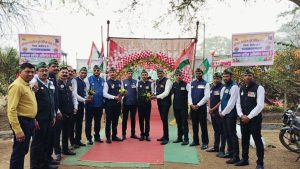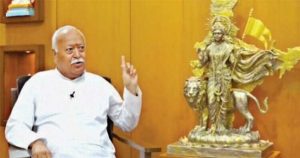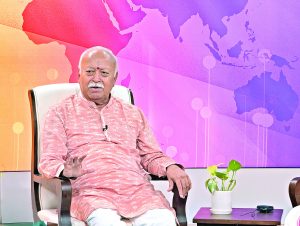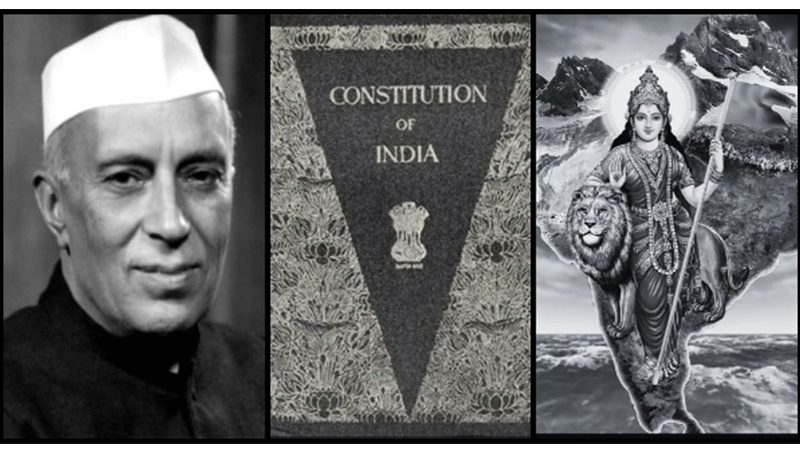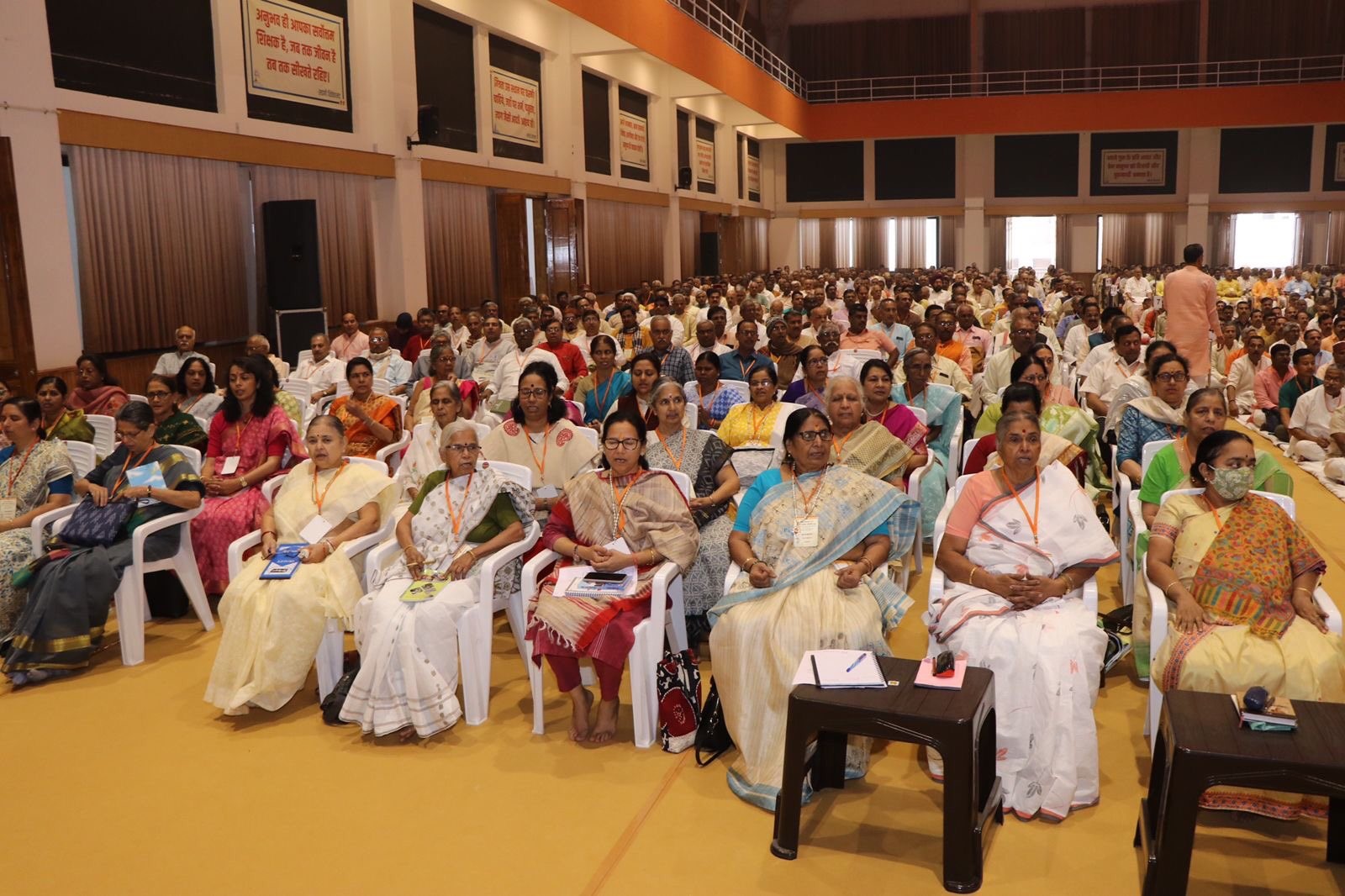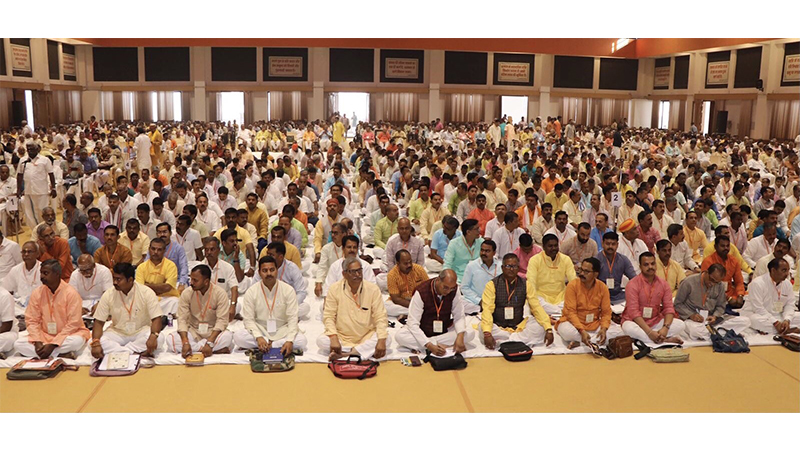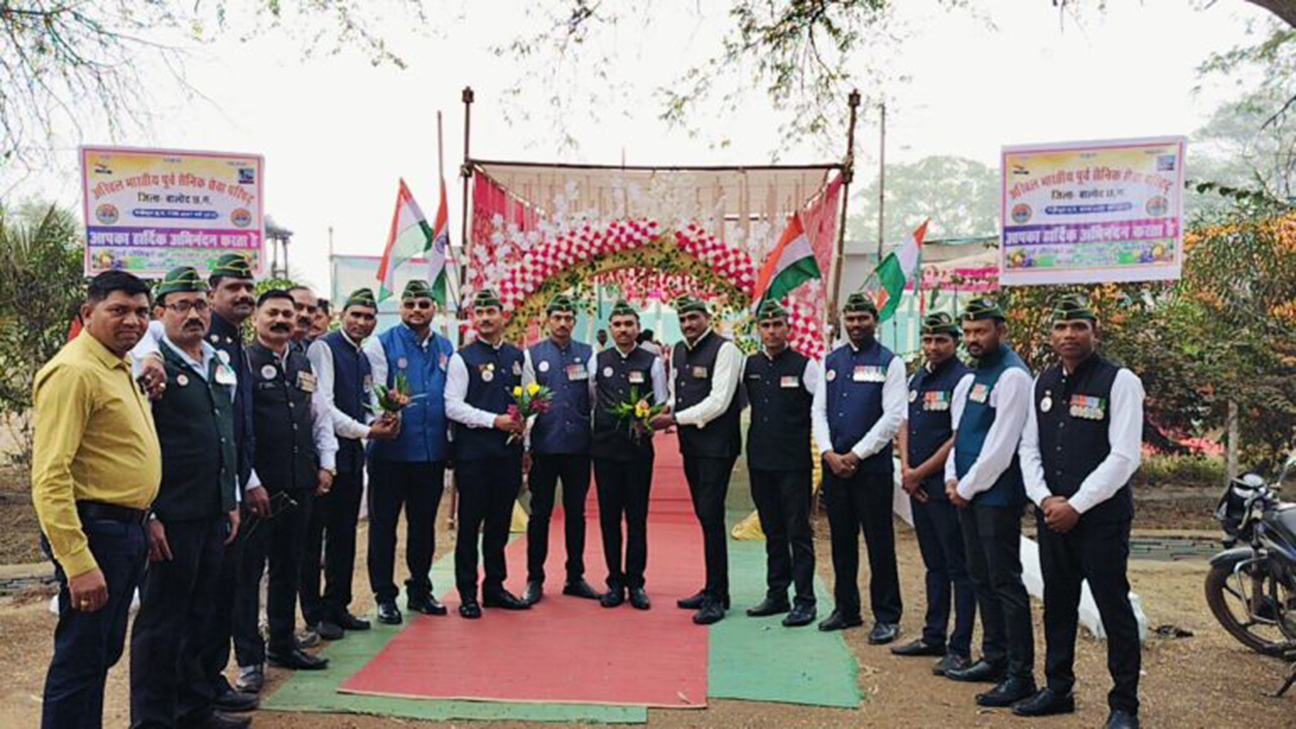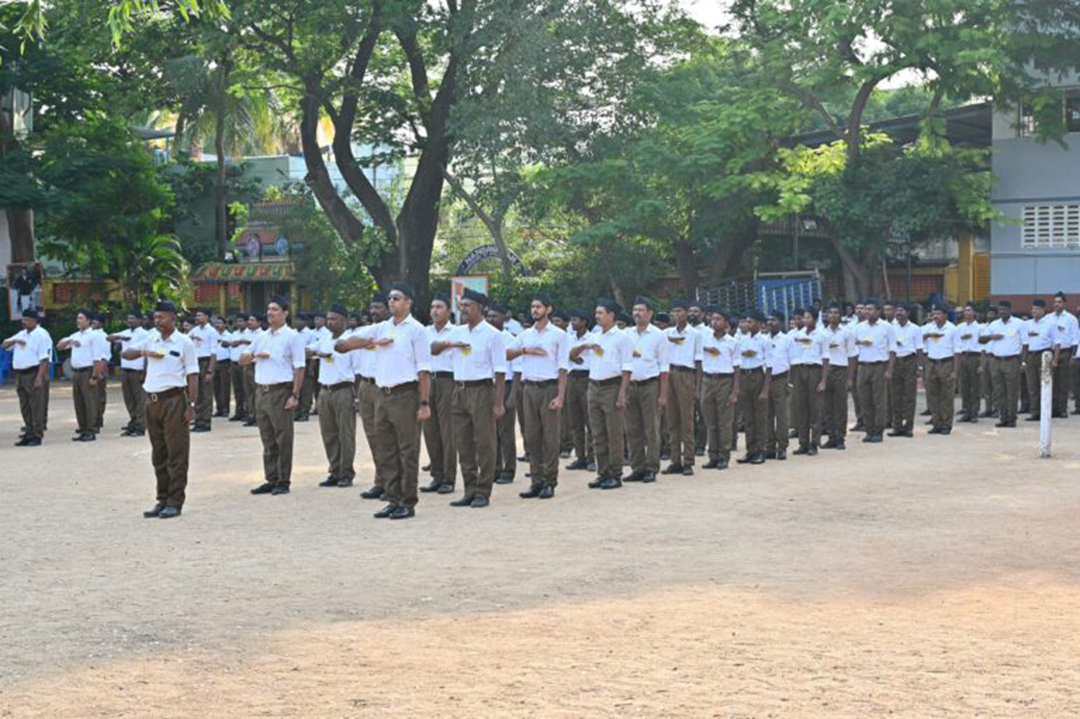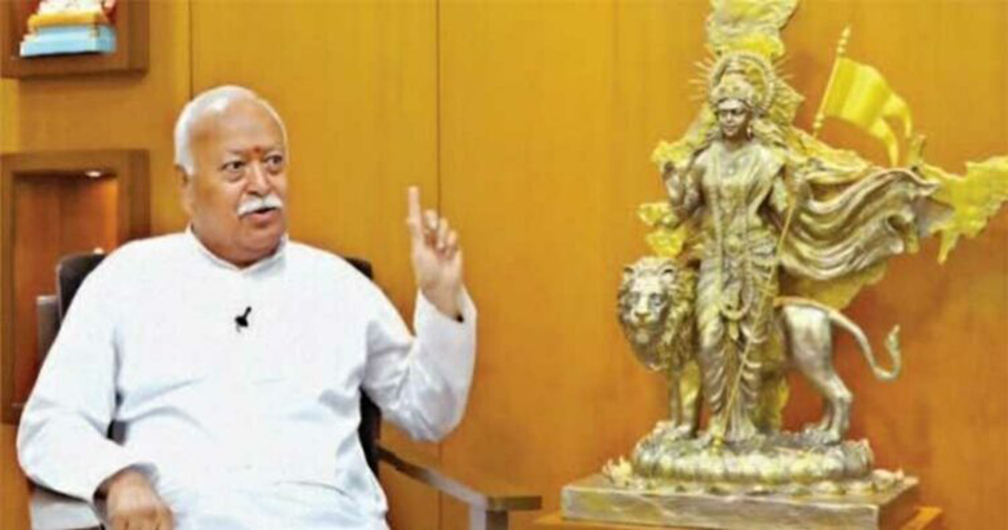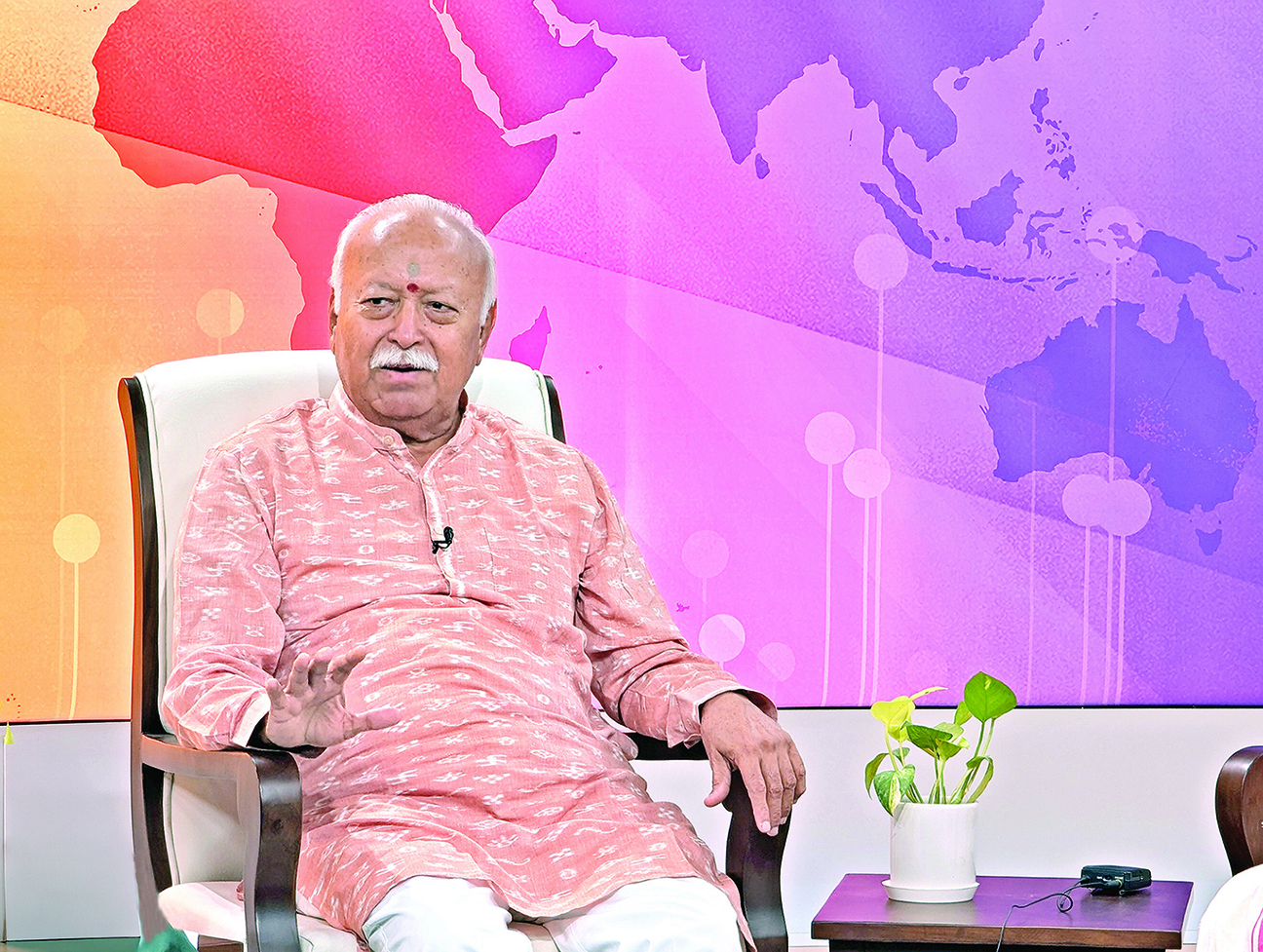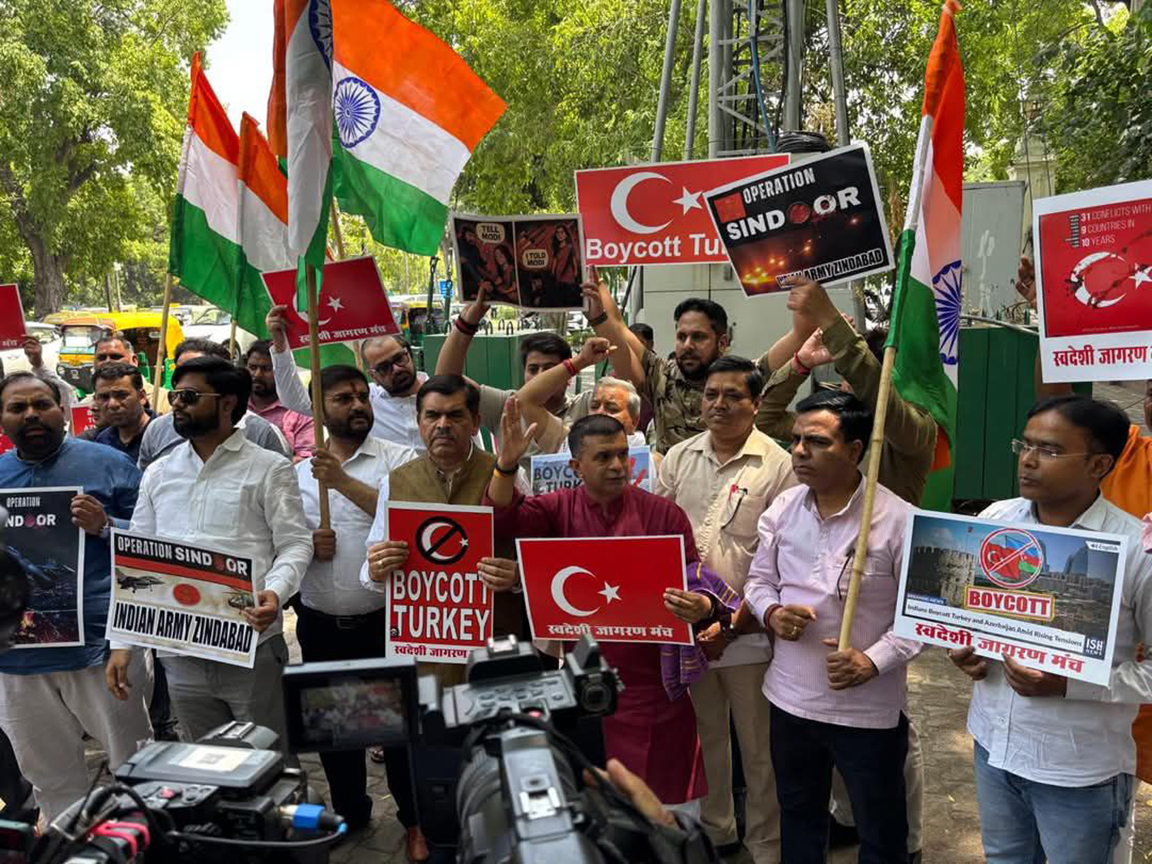How Indian Trade Union Movement made a paradigm shift
Updated: September 9, 2024 2:32
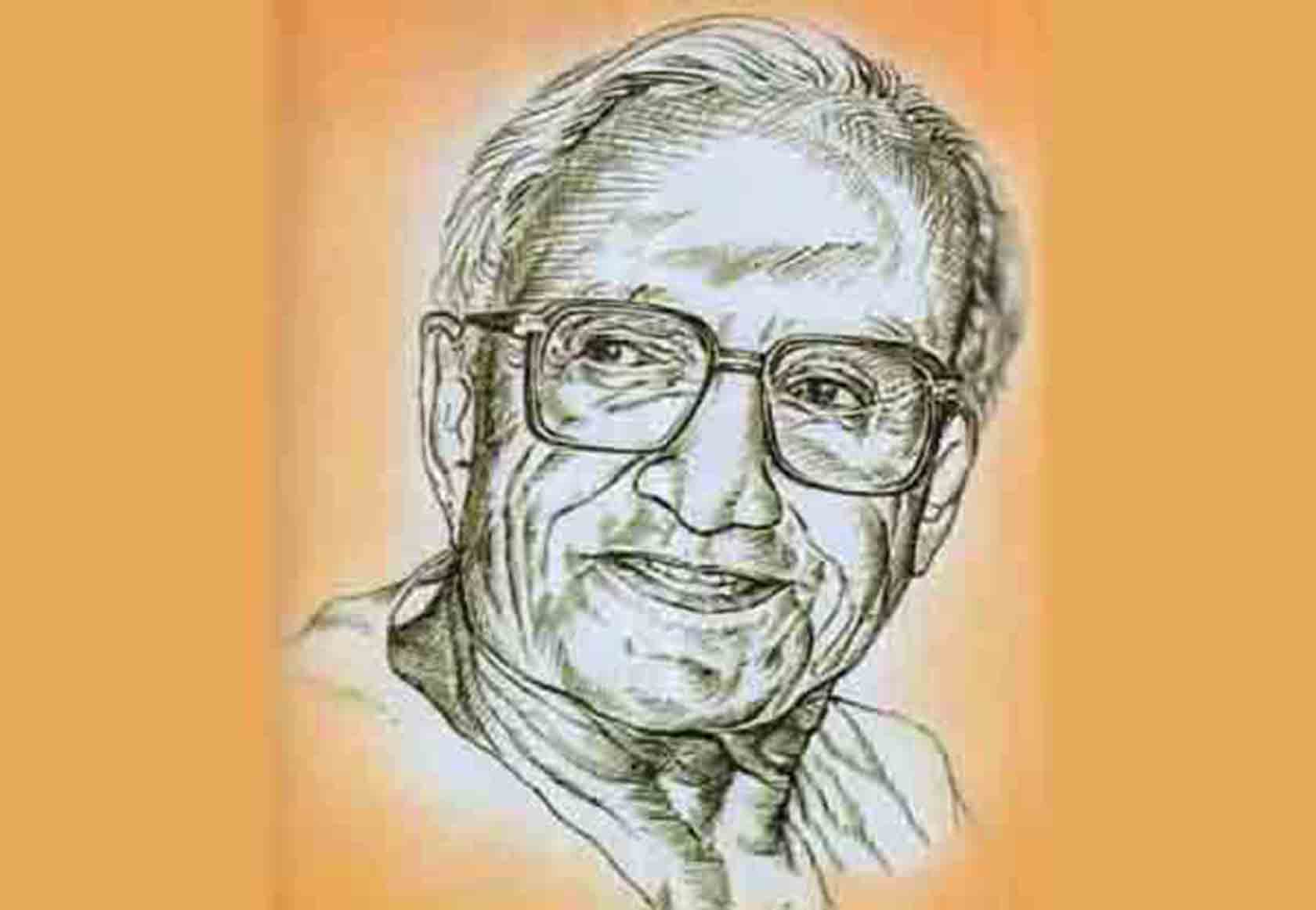
Over the last seven decades, the labour movement in India has undergone a significant change. From the path of perpetual confrontation with the employers, the focus is now more on working together to build a strong India. This is the outcome of the emergence of Bharatiya Mazdoor Sangh (BMS) as India’s largest trade union/labour organisation. It has more than one crore members and it is inspired by the Rashtriya Swayamsevak Sangh (RSS). BMS has not only replaced left and Congress backed trade unions in most of the sectors but has also set up a new ideological framework for the Indian labour movement.
New ideology of Indian labour movement
The BMS completely rejects the Marxist principle of ‘class struggle’ which has formed the backbone of trade union movements across the world for over a century now.
According to BMS, “It would be wrong to presume that labour problems are related to one section of the population only. Such an exclusive view would be very unrealistic. Deterioration of working and living conditions of labour cannot be a sectional problem of labour alone; it is a malady adversely affecting the health of the entire social organism. Labour has always been regarded as the very foundation of the Bharatiya social structure. It is an integral and vital part of society. The character of its problems, therefore, is not sectional but national. To protect and promote its interests is, therefore, the natural responsibility of the entire nation.”
It further adds, “Marxists and socialists of every variety conduct their trade unions as instruments of intensifying class conflict with the ultimate goal of establishment of socialism. BMS is a votary of nationalism and integralism. Therefore, it rejects the class conflict theory. The class conflict, carried to its logical length, would result in disintegration of the nation. All the nationals are only so many limbs of the same body. Their interests cannot, therefore, be mutually conflicting. BMS is opposed to class struggle based on hatred and hostility, but it has always struggled against the evil forces of inequality, injustice and exploitation.”
According to BMS, with a view to achieving national prosperity and eradicating poverty it is committed to “maximum production and equitable distribution’’.
Rise of BMS
The BMS was founded in 1955 by Dattopant Thengadi, an RSS Pracharak(full-time worker). The labour movement was completely dominated on ground by the Left parties and the Congress Party at that time. The RSS was also not that strong as an organisation as it is today. Yet it made a foray into this unchartered territory. The initial years were tough for the BMS as it had to break into trade unions.
It took 12-years for the BMS to organise its first national conference. It was held in 1967 in Delhi. At the time 541 unions were affiliated with the BMS; its total membership stood at 2.46 lakh. The delegates at this conference elected Thengadi as national general secretary and Ram Naresh as its first President.
In 1984, the BMS became the second largest Central Trade Union Organisation with 12,11,355 members and in 1996 it became the largest organisation with membership of 31,17,324. The BMS, however, continued to grow rapidly after attaining this milestone.
The Union ministry of labour has classified 44 industries for the purpose of membership verification and BMS has affiliated unions in all these industries. BMS has membership of almost 1 crore and it has more than 5000 affiliate unions.
Indianisation of trade union movement
The BMS’ flagship slogan is deeply rooted in the philosophy of nation-building unlike other trade unions which tend to adopt a confrontationist approach based on Marxist theory of ‘class-struggle’ where employers are always accused of exploitation. The BMS propagates the concept of labourisation based on the theory of the workers being co-owners of the industry. Hence its slogan is “Nationalise the Labour, Labourise the Industry and Industrialise the Nation”
The BMS does not celebrate National Labour Day on May 1 as it considers it to be a relic of the communist influence on the labour movement. Instead it celebrates Vishwakarma Day as national Labour Day.
BMS President C.K. Saji Narayan explained in an article published in 2017 in weekly Organiser, “Vishwakarma symbolises the paradigm shift in the present day thought process. Work is considered as a Yajna. Indian Industrial relations are traditionally based on family like relationships. BMS has accepted family as a model for industrial relations and put forward the great concept of ‘Industrial family’. This is in contrast with the master-servant relationship of the west or the class enemy concept of the Communists. We have imbibed the slogans “Tyag-Tapasya-Balidan”, “work is worship”, “Nationalise the Labour” etc. from the life of great personalities like Vishwakarma.
To bring uniformity, Vishwakarma Jayanti is celebrated on September 17 every year, since in many places it is celebrated both on Bhadrapada Shukla Panchami as well as on Magha Shukla Thrayodasi. May Day, imported from the west, fails to motivate labour positively whereas Vishwakarma Jayanti can.”
